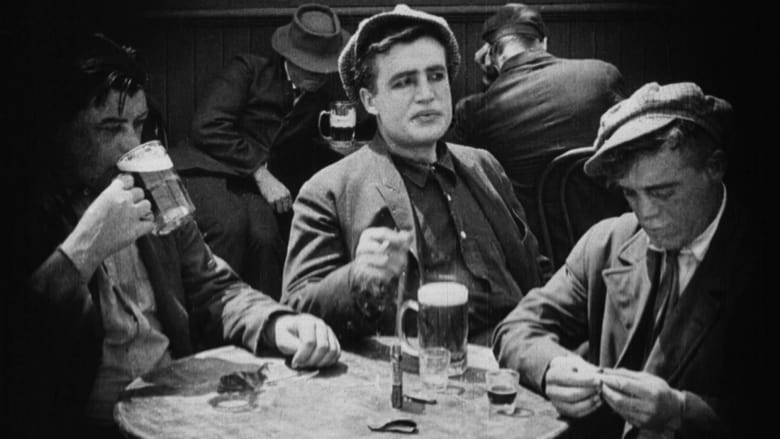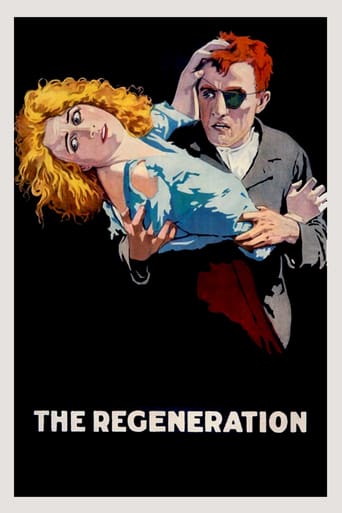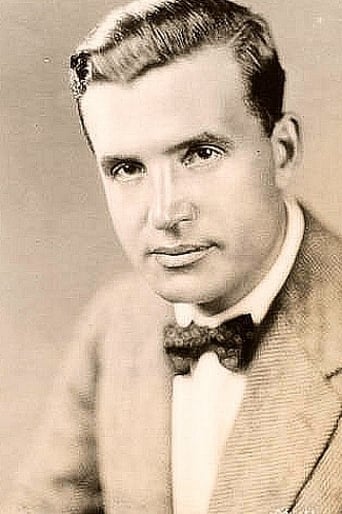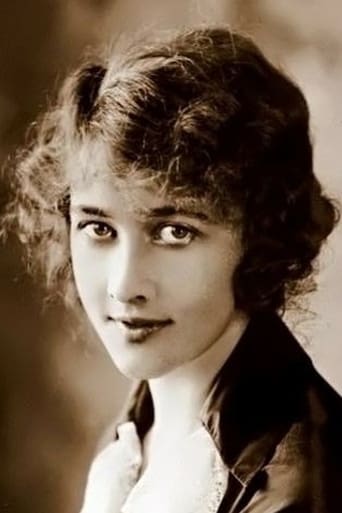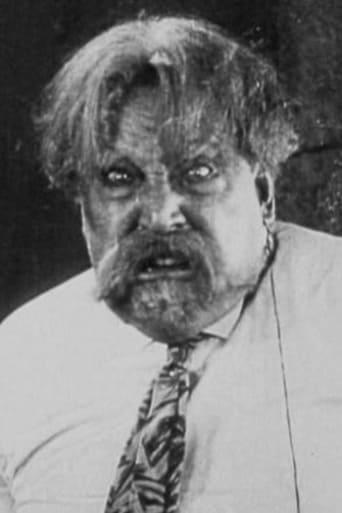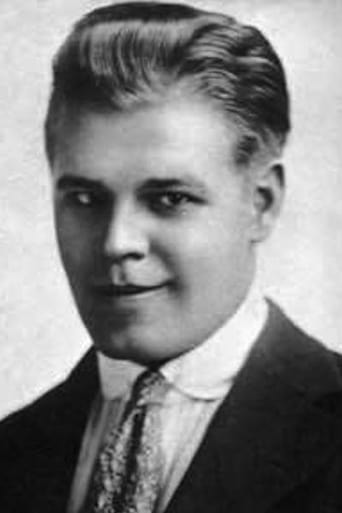At 10 years old, Owen becomes a ragged orphan when his mother dies. Abusive next-door neighbors the Conways take him in, and by 17, Owen has learned that might is right. At 25, he's a career gangster: loitering, gambling and drinking in dens of iniquity. Marie Deering arrives in Owen's area, eager to empower the impoverished, gang-affiliated youth through education. Owen slowly but surely leaves his old life behind, choosing the narrow path- all the while falling in love with Marie. Skinny, who's taken over Owen's role in the gang, reappears to him, spelling trouble.
Reviews
To all those who have watched it: I hope you enjoyed it as much as I do.
It's funny, it's tense, it features two great performances from two actors and the director expertly creates a web of odd tension where you actually don't know what is happening for the majority of the run time.
The movie turns out to be a little better than the average. Starting from a romantic formula often seen in the cinema, it ends in the most predictable (and somewhat bland) way.
The movie's not perfect, but it sticks the landing of its message. It was engaging - thrilling at times - and I personally thought it was a great time.
In cinema, 1915 is best known as the year of DW Griffith's epic Birth of a Nation. While I won't play down the talents and achievements of Griffith, his debut feature was merely a culmination of his prior achievements, a milestone in cinema culture but adding nothing to cinematic language. Regeneration however, a largely overlooked film (although it has its champions), was perhaps truly the most important picture of that year.Raoul Walsh, previously an assistant to Griffith, and already having a handful of short features to his name, made his full-length debut with this romantic gangster fable. The picture opens fairly conventionally for the time, Walsh displaying an incredibly firm grasp of film form for such a young director. The opening shot establishes the mood - the recently bereaved protagonist sitting alone in a bare room, a curtain billowing forlornly behind him, after which we cut away to the hearse bearing his mother in the street outside. However, we then see the lad go to the window and look down. In the very next shot, the camera is looking down at the hearse, exactly as he would see it. Bam! The point-of-view shot is born.The point-of-view shot is not merely a convenient alternative angle for storytelling. It places the audience into the position of the character. It's something unique to cinema you can't recreate that in the theatre. The only real equivalent is in novels, when the narrative is told from a character's perspective. Walsh here gives cinema that ability, and moves the audience from the position of spectator to that of participant. It's particularly apt too for Regeneration, as it was adapted from an autobiography. Walsh remains consistent to the story's roots by primarily showing the points of view of the protagonist, Owen.Another great thing about Regeneration is its use of dolly shots that is, moving the camera in or out, towards or away from the action. This wasn't an innovation as such, the dolly having been invented by Giovanni Pastrone for his 1914 epic Cabiria, but the dolly shots in that picture are largely uninspired, at best creating smooth transitions between different length shots. Walsh however really explores the possibilities of the technique. First he uses it to home in on the young Owen in the scene where his adoptive parents argue over the dinner table. Again this is a move which draws us into the character's world, as if we are being pulled forward and forced to look. Much later, in the scene where Anna Q. Nilsson bursts into the gangster's den, the camera itself rushes forward, reaching the centre of the shot at the same pace she does. In effect, the camera movement mimics hers and gives the audience a little taste of her sense of urgency.Needless to say, there is a lot more to Regeneration than these pioneering camera techniques. Walsh's handling of the dynamic moments is particularly adept, with a climactic ride-to-the-rescue worthy of Griffith, and some particularly realistic fight scenes. But he was just as capable of great tenderness as he was of great action, and the picture is shot through with the sense of melancholy romanticism that is typical of Walsh. And let's not forget the fine naturalistic acting on display, although stars Rockliffe Fellowes and Anna Q. Nilsson would soon fade into obscurity.By way of a disclaimer, I should point out that Regeneration may not literally be the first motion picture to use point-of-view shots. There was, after all, a wealth of experimentation in the early days of cinema, and many films are obscure or lost. It is shortly after this though that the technique seems to enter mainstream usage. For example, Cecil B. DeMille's The Cheat, made several months after Regeneration, features point-of-view shots, whereas DeMille's Carmen, made about the same time as Regeneration, does not. Tag Gallagher, in his superb essay on Walsh for Senses of Cinema, makes similar claims. Whatever the case, Walsh certainly excelled in a new kind of cinema, one which placed the audience inside the story, and this principle would shape much of Walsh's work throughout his fifty-year career.
By the standards of its time, this is a better than average film, and it is still watchable, even though the social and cinematic conventions of 1915 may make it rather quaint to some viewers. Still, the theme about a good woman regenerating a rascal is not unusual today, and here it is told with coherence and simplicity.One may find the acting style quaint, too, but some of the worst excesses of the silent days are avoided for the most part. Perhaps we can thank young Raoul for that. The editing is choppy, but that may be due to losses over the years, and it may vary depending on the print or tape translation one sees.
People who think that all silents are sticky with Victorian melodrama will be surprised by the sustained pace, the bracing realism, and the soft-pedaling of the sentimental elements of this startlingly fresh film. The 28-year old Raoul Walsh had already written and produced a dozen films when he directed this. Although the narrative rambles a bit, Walsh's dynamic use of film grammar - closeups, dollies in and out, cross-cutting between scenes, sharp editing - makes REGENERATION look more modern than many silent films made ten years later. Walsh shows his creativity when he uses the circling movements of dancers to foreshadow public panic in an impressively staged sequence of a fire [although it has little plot function]. Titles are used sparingly throughout, and even they are terse and direct. The performances are also surprisingly natural, from square-jawed Rockcliffe Fellowes [who looks something like Robert Stack] to Anna Q. Nilsson, who gives a delicate, sympathetic performance as the good girl/settlement worker. Within the outline of a traditional melodrama, Walsh forthrightly portrays the underside of contemporary society, keeps the sentiment light, and provides an ending that is not without surprises either.
Raoul Walsh had just come off _The Birth of a Nation_ both as one of Griffith's assistant directors and as an actor (most prominently as John Wilkes Booth), when he made this film. In his autobiography, Walsh credits Griffith with "teaching" him not only about much of the art of fiction filmmaking, but also about production management technics that aided him in taking full advantage of many of New York City's most pictorial exterior locations.The locations play an important role in adding to the naturalism of an otherwise highly melodramatic plot with the high society young woman turned heroine social worker (much overplayed by a major star of the 1910s, Anna Q Nilsson) and the regeneration of the one-time Lower Manhatan gang leader.The wonder of this film is the performance of the male "star", Rockliffe Fellowes, who played in over a dozen nearly unremembered films until he died in 1950. His performance is so subtly varied and electrically alive that one is reminded of Brando in his early 1950s films. An interesting sidenote about his performance: The movieola film editing machine -- that magnified the small 35mm frame to about 4 inches by 6 inches as it ran the film stock through the viewer at the proper projection speed -- was not invented until much later. In 1915, editors had to hold the footage up to the light to see each frame and/or use a magnifying glass; but they could not also run the film at speed at the same time. Hence, many of the subtlest nuances that cross the hero's face could not be clearly seen and judged in editing: _Regeneration's_ editor often cuts away before the movement has settled, or cuts into a close or medium shot of the hero after the nuance has already begun.Watching the film on a large screen today, one is aware how powerful present-day editing technics are at capturing all such movements in the hands of a skilled editor. In _Regeneration_ there is a distinct feeling of rough editing at the moments we leave or cut to the hero at the "wrong" instant. By the way, the original title was NOT _The Regeneration_, but _Regeneration_ alone. From which we can surmise that Walsh was looking to create a work with universal meaning.
Top Streaming Movies











